
Sapporo International
Communication Plaza FoundationInternational Community Bureau
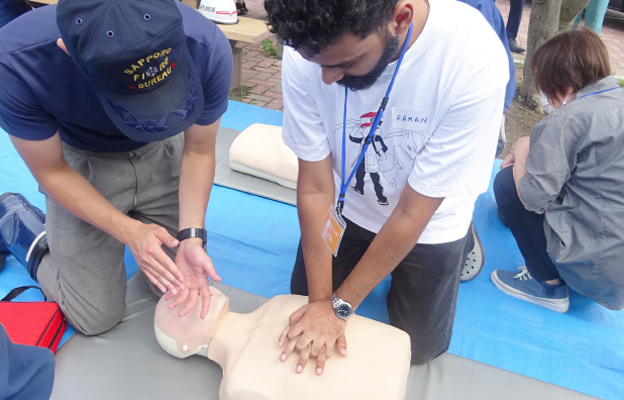
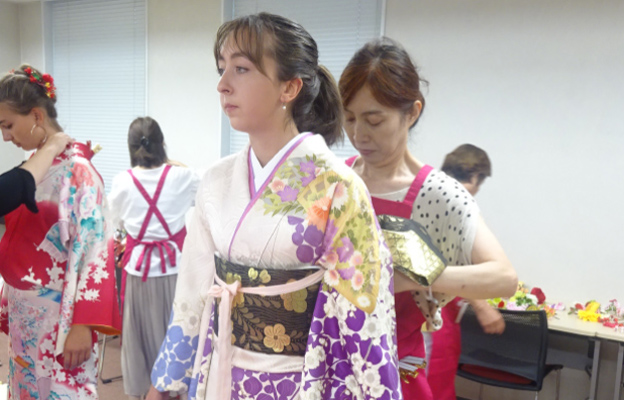
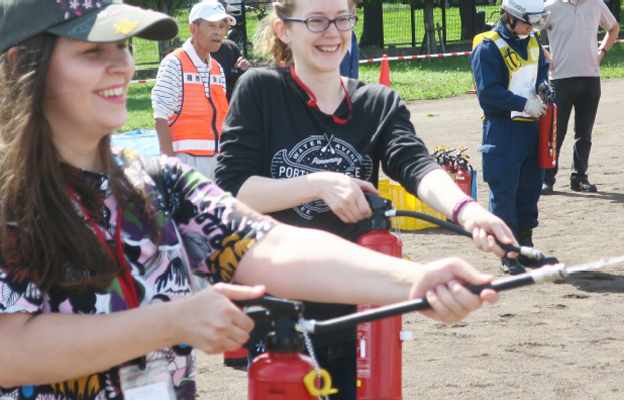
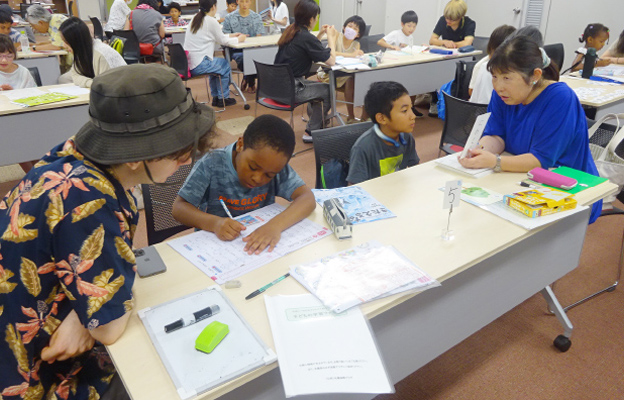
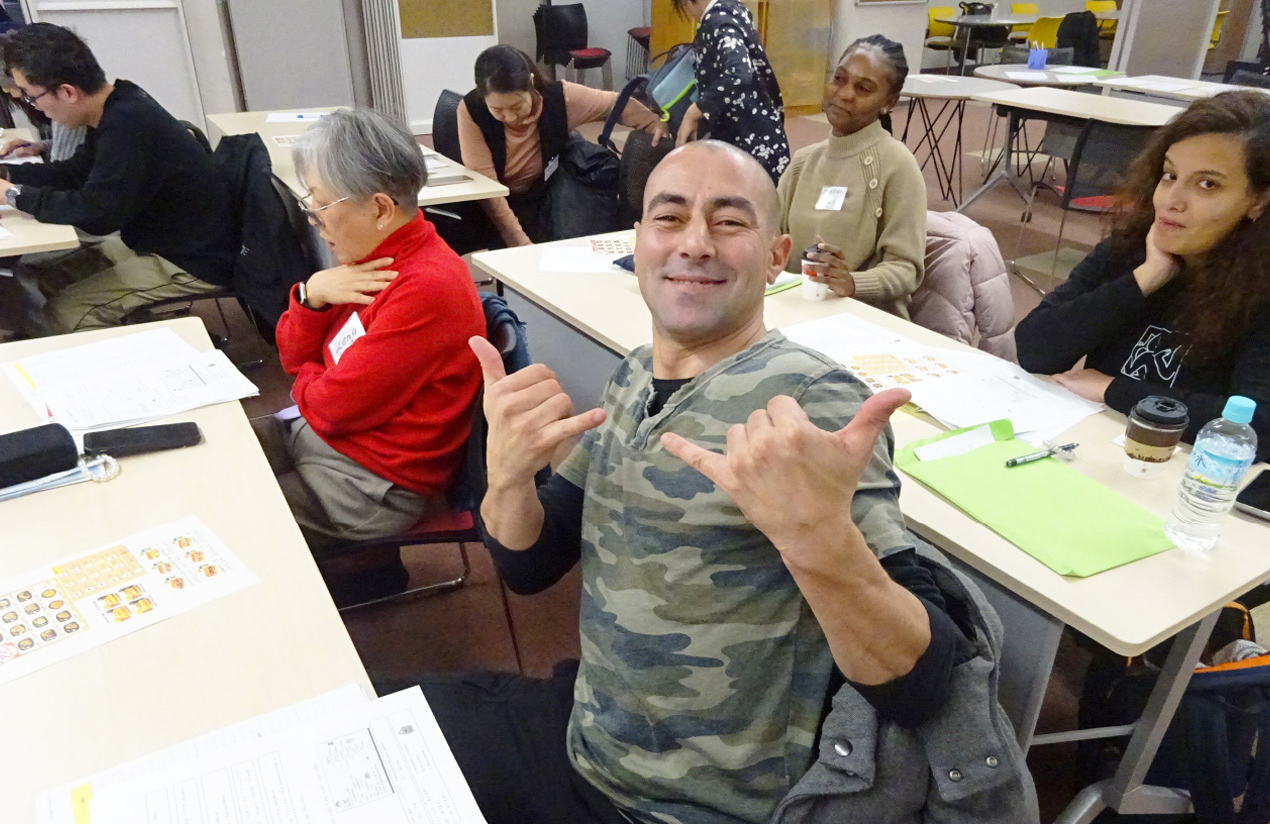
Latest News
一覧を見る-
2025.12.09
「北海道・三陸沖後発地震注意情報」~地震にいつもより少し気をつけてください~
-
2025.12.08
【札幌市内で強い地震がありました】
-
2025.12.07
世界をめぐろう!in 大通高校(1/10)
-
2025.12.01
外国につながる親子ミートアップ
-
2025.11.13
在住外国人のための相続オンラインセミナー&無料専門家相談会(12/13)
-
2025.11.11
2026ユネスコチャリティカレンダー市
-
2025.11.10
【定員に達したため受付終了しました】第10回 ドイツを知るセミナー「旅するドイツ―文化と街めぐり」
-
2025.10.10
折り紙ワークショップ Origami Workshop at SICPF
-
2025.10.01
札幌国際プラザ「外国人のための防災デー」参加者募集!(10月26日)


